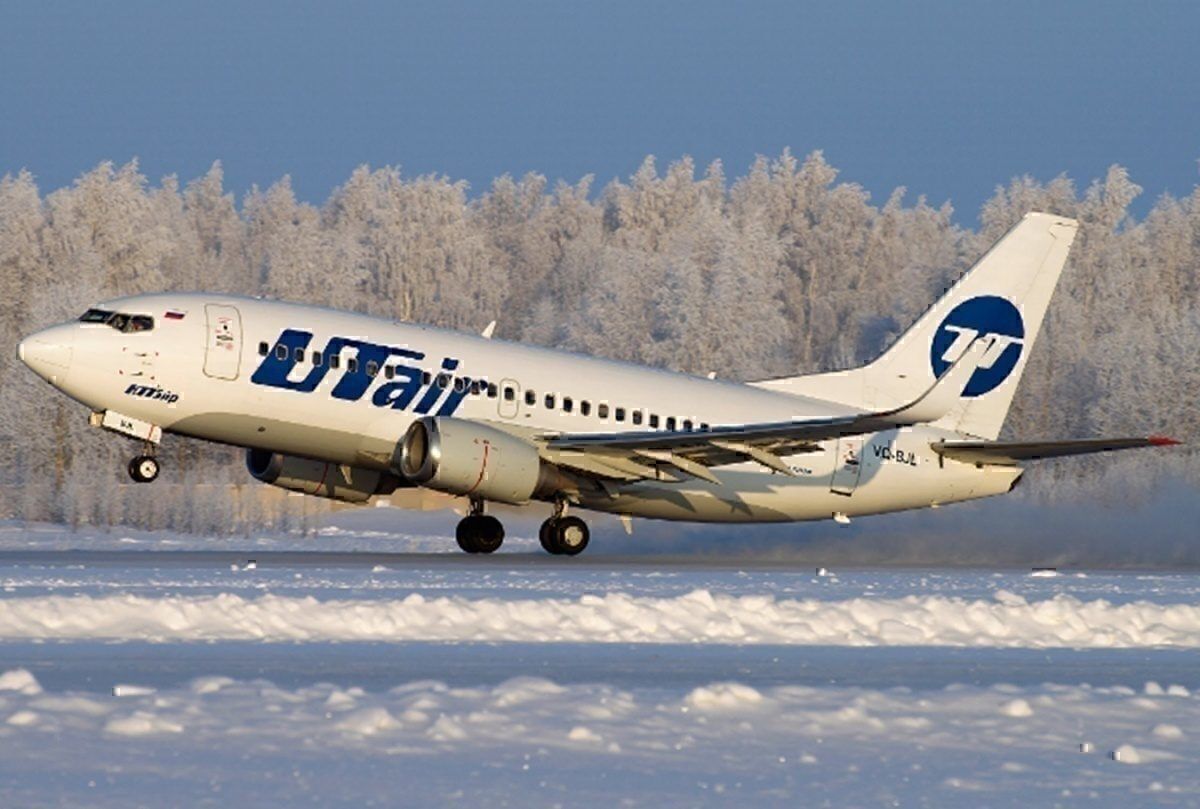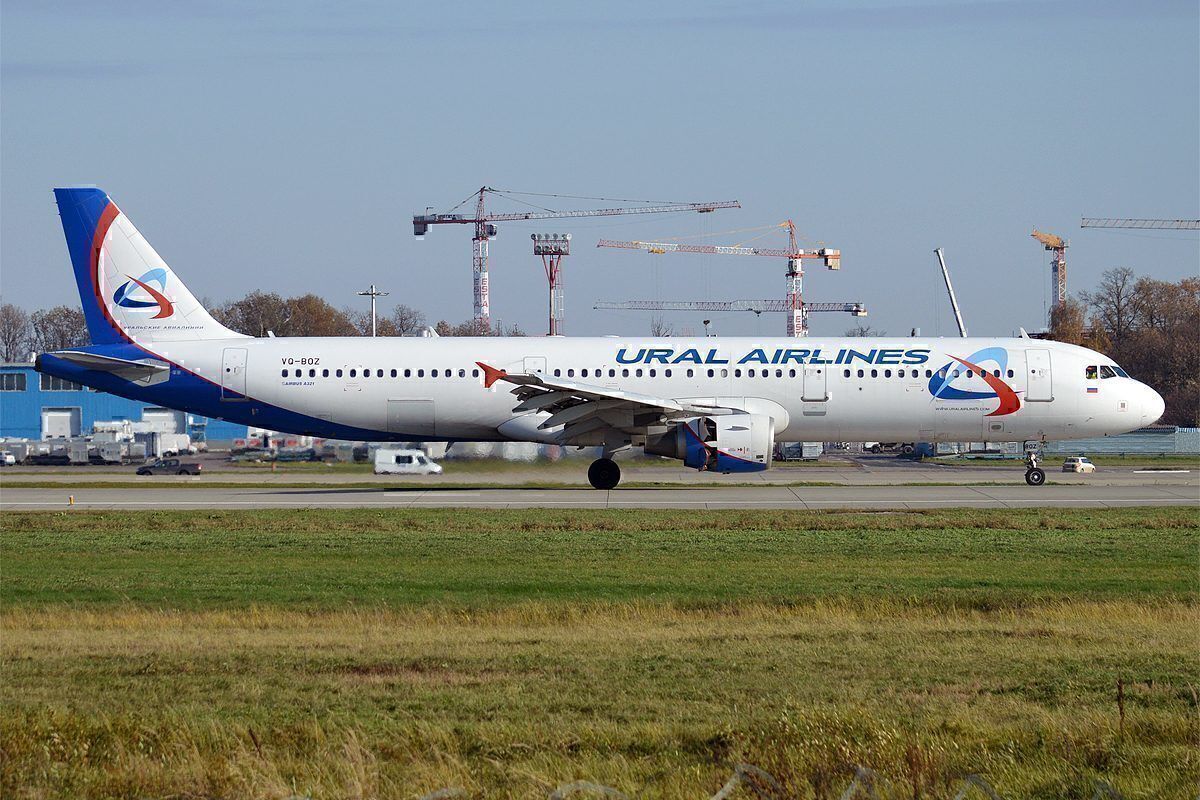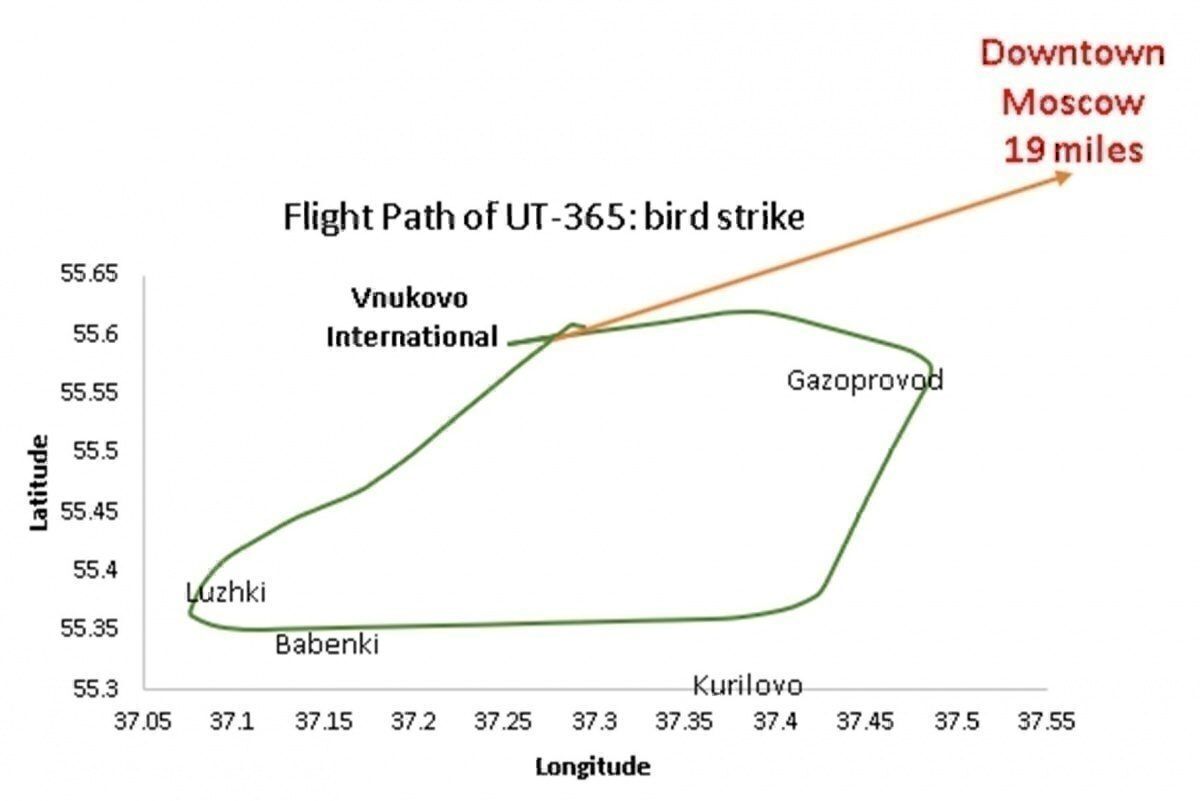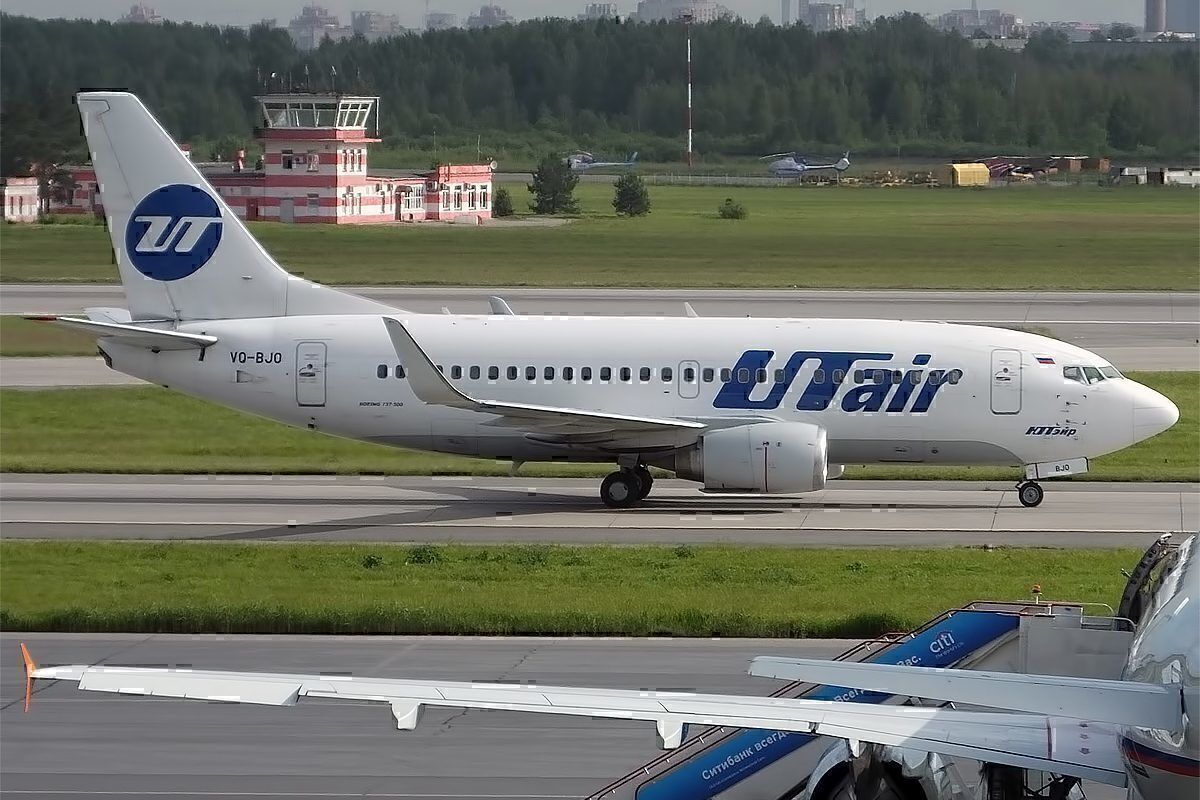In the space of just two days, two flights leaving airports in Moscow, Russia, have been involved in damage caused by bird-strikes. As we explore these incidents, let's also look at the number of bird-strikes and their cost; which parts of an aircraft are struck the most and how can airports minimize the damage that birds and other wildlife can cause?
The first of the two bird-strike incidents around Moscow involved a Ural Airlines flight that had departed from Moscow Zhukovsky on 15th August 2019. That plane, a15-year-old Airbus A321-200, landed in a cornfield when both engines failed or were shut down following the strike of a flock of seagulls.
The plane suffered substantial damage, landing with its landing gear retracted. All passengers survived, although 10 of them were evacuated for treatment. The first of two bird-strikes killed the starboard engine and the latter strike caused the second engine to lose too much power for the flight to remain viable.
The Aviation Herald informed us that flight UT-365, a Utair Boeing 737-500, registration VQ-BJM, departed from Moscow Vnukovo to Ufa (Russia). At 4,625 feet, climbing out of runway 06 the crew stopped the climb due to a bird strike to an engine and to the windshield. The aircraft immediately returned to Vnukovo and landed safely on runway 01 about 17 minutes after departure.
Aircraft VQ-BLM is now in service again.
How many bird-strikes involving aircraft are there?
Data World shows more than 25,500 wildlife-strikes involved aircraft in the U.S.A. between January 2nd, 2000 and December 31st, 2011. These are reported strikes and the consensus seems to be that as few as 20% of all strikes are actually recorded.
These data show that almost 36% of bird strikes occur on take-off and when climbing; these incidents account for 61.5% of the total cost of damage of all strikes. Just over 36% of bird-strikes happen during approach, descent and landing and they account for 38% of the cost of damage due to bird strikes. The total cost of damage in the Data World study amounts to $142.29 million.
In contrast, Boeing reports that,
“The Bird Strike Committee USA, an organization that was formed in 1991 to facilitate the exchange of information and promote the collection and analysis of accurate wildlife strike data, bird and other wildlife strikes cause more than $650 million in damage to U.S. civil and military aviation annually. In addition … more than 200 people have been killed worldwide as a result of wildlife strikes since 1988.”
As a bit of reassurance to passengers, a Swiss International Airlines A220 made a safe landing at Madrid airport on Monday 13th May, despite suffering a bird-strike on its final approach.
What do the birds hit?
Engines (44%) and wings (31%) together, account for 75% of all bird strike damage. The windshield takes 13% of the hits and the nose just 8%. The fuselage suffers only 4% of all hits and damage.
Even appreciating that bird and wildlife strikes are relatively rare, we need to understand what might happen when they do occur.
Bird control solutions
If flocks of birds or other animals are seen at or near a runway, the airport authorities have a duty to delay flights or switch traffic to another runway. Bird Control Solutions provides us with a list of preventive bird control measures that are available to airports.
- Radar Systems
- Habitat Management
- Use of Predators
- Bird Robots
- Acoustic Methods
- Predator Cry Systems
- Directional Acoustic Systems
- Visual Methods
- Netting.
- Bird Houses
- Bird Control Measures on Airport Buildings
Each measure lives and dies on its own merits and some of them are very expensive, but the payback is probably very rapid in terms of lives and aircraft saved.




